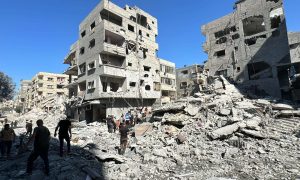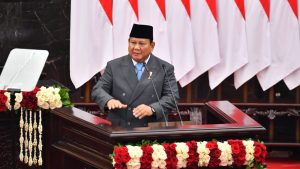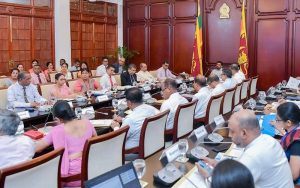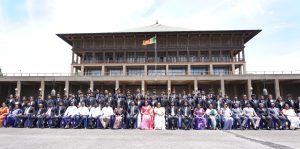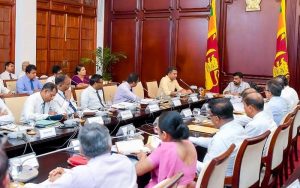Sri Lanka proposes energy imports to address Trump tariffs

As the Deputy Economy Minister Anil Jayantha stated, Energy is one of the country’s largest imports, and there is room for significant change. and said that Sri Lanka is considering energy import and tariff reforms as part of efforts to address the 44 percent tariffs imposed on Sri Lanka by US President Donald Trump.
“Sri Lanka held two virtual meetings with US officials before the suspension of the Trump tariffs. Although the US does not partake in government-to-government transactions, potential private firms with which Sri Lanka could collaborate would be identified,” stated Minister Jayantha.
President Anura Kumara Dissanayake wrote to President Trump, and the Treasury also submitted a more detailed document to the offices of the US Trade Representative and the White House.
“In terms of tariffs, Sri Lanka’s highest rate was 20 percent, and some goods were already at zero. Sri Lanka, however, had so-called para tariffs, involving CESS and Port and Airport Levy.” Minister Fernando said.
Sri Lanka’s so-called ‘de-liberalization journey’ began in November 2004 with a 25-page gazette imposing taxes on products at midnight, without parliamentary approval, reminiscent of a Trump executive order. This fateful gazette subsequently led to the emergence of protectionist oligarchs, who managed to block free trade agreements by financing politicians, according to critics.
Sending a negotiation mission as soon as practicable to discuss details either in Washington or Colombo was also discussed, Minister Jayantha said.
The administration also hopes this new tax will safeguard local agriculture and industry. Even with a better foreign reserve situation, the government has not canceled the tax.
Critics argue that the ensuing protectionism resulted in an increase in protein malnutrition by heavily regulating maize imports, causing a rise in chicken and egg prices. Surprising taxes were levied on dairy items to benefit a single enterprise.
In subsequent years, the USTR continued to point out taxes imposed on apparel and food products.
Under the so-called Yahapalana era, as money printed through open market operations for flexible inflation targeting led to forex shortages, the USTR highlighted further controls.
Ironically, flexible inflation targeting and ‘data driven monetary policy’ which leads to rate cuts based on backward looking past 12-month inflation was promoted by the US-based International Monetary Fund.
In situations of balance of payment challenges, the government has enacted restrictions on foreign exchange dealings,” the USTR report stated in 2017.
“In December 2015, the Sri Lankan authorities set a limit on vehicle financing.” Financing cannot exceed 50 percent of the vehicle’s value for cars (90 percent for electric vehicles) and is capped at 70 percent for buses.
The USTR also pointed out the price regulations enforced by the National Medical Regulatory Authority, which effectively prevents the availability of higher-priced US-branded medications, even when consumers desire them.
USTR had also highlighted taxes on apparels in the past and also the practice of Sri Lanka customs imposing valued added tax on a 10 percent extra imputed value.
END.





